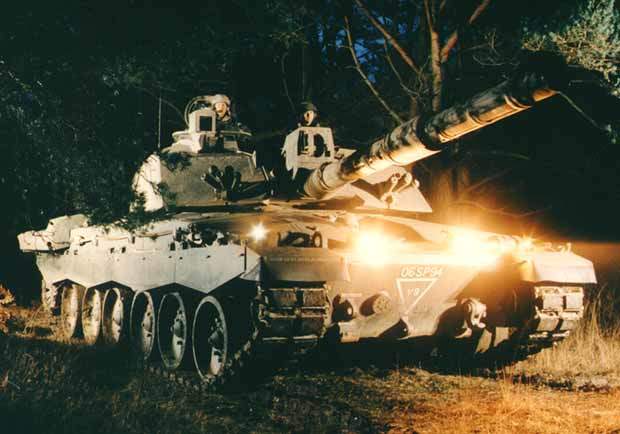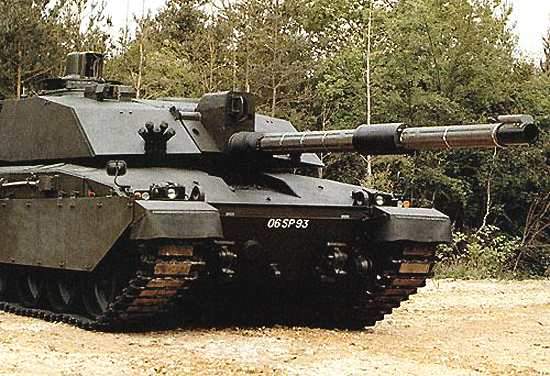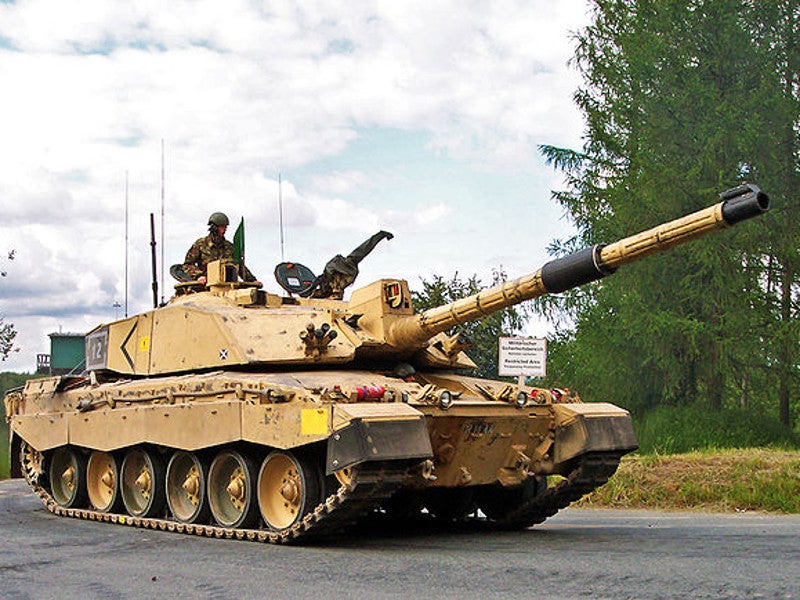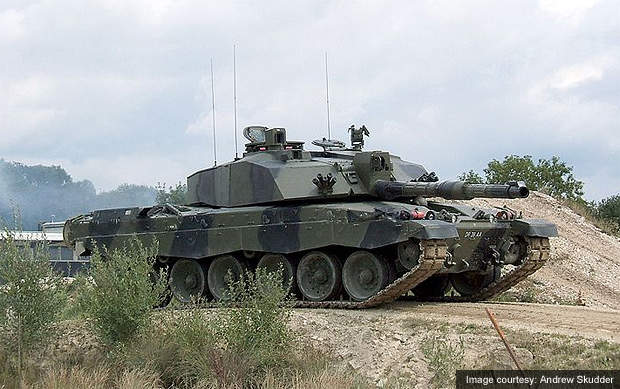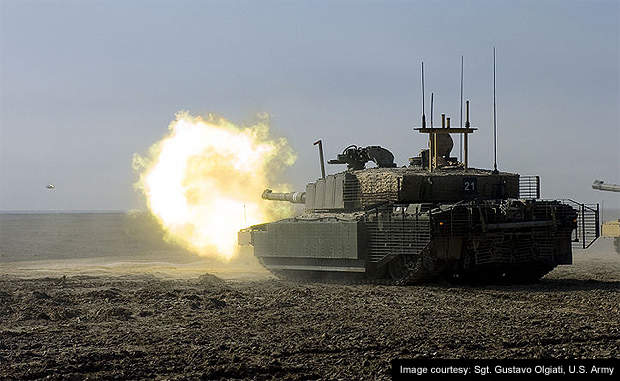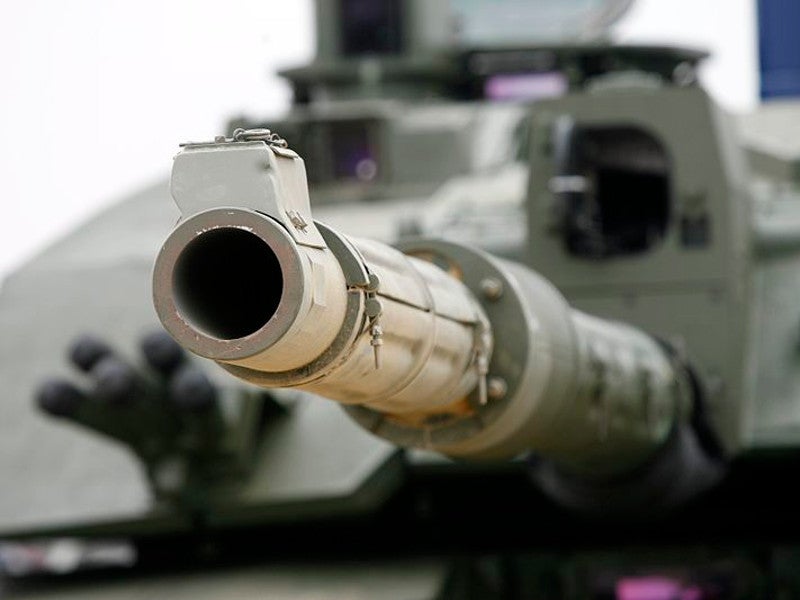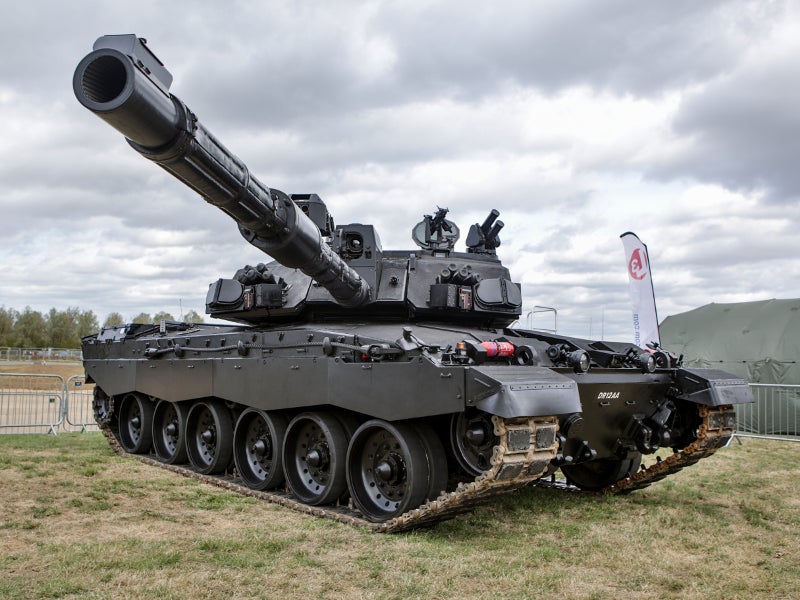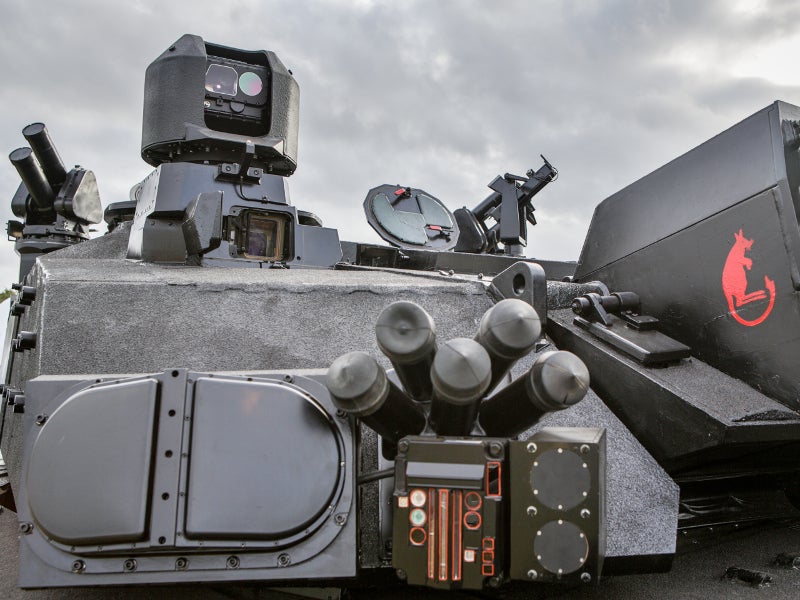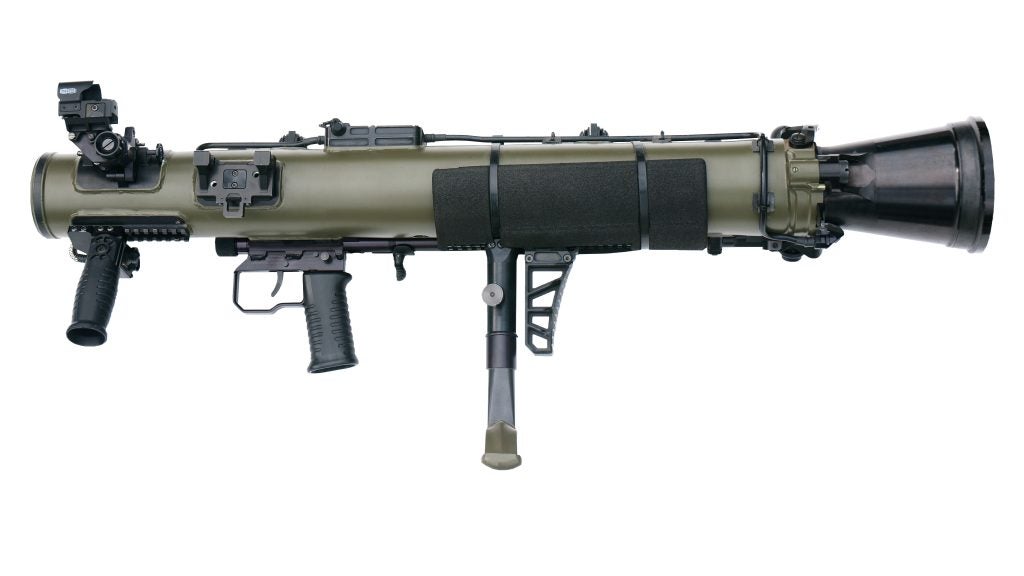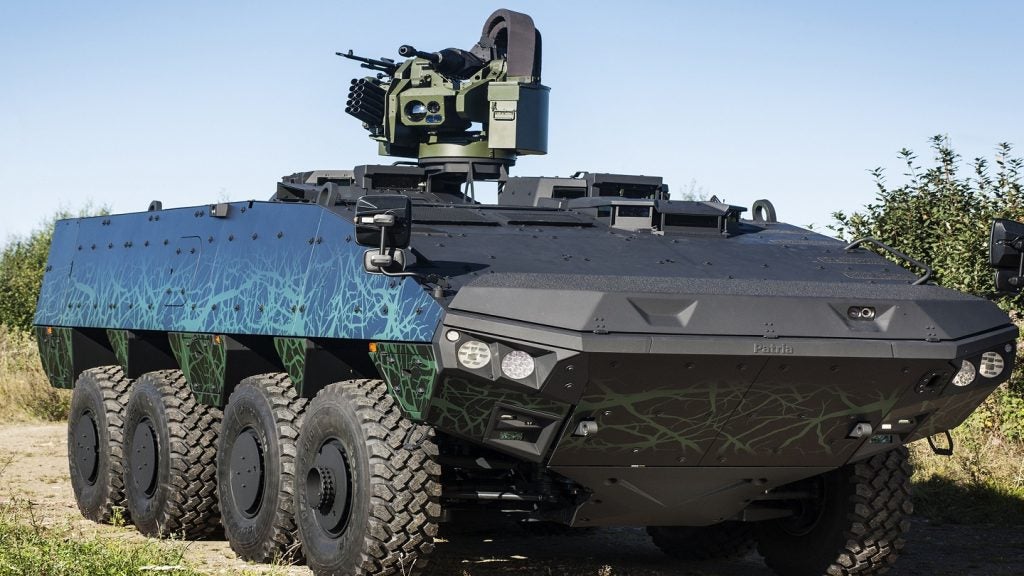Challenger 2 is an advanced main battle tank built by BAE Systems Land Systems (formerly Vickers Defence Systems, then Alvis Vickers Ltd).
The tank is in service with the British Army and with the Royal Army of Oman. The UK placed orders for 127 Challenger 2 tanks in 1991 and an additional 259 in 1994. In 1993 Oman ordered 18 Challenger 2 tanks and an order for a further 20 tanks was placed in November 1997.
The Ministry of Defence (MOD) awarded a contract to BAE Systems and Rheinmetall Land Systeme for advancing the Challenger 2 Life Extension Project, which seeks to extend the out-of-service date of the tanks by ten years.
BAE Systems unveiled a fully upgraded variant of the Challenger 2 MBT, known as Black Night, in October 2018. Black Night is equipped with two independent night vision systems to provide improved night-fighting capability.
Challenger 2 main battle tank development
Challenger 2 main battle tank entered service with the British Army in June 1998 and the last of the 386 tanks was delivered in April 2002. Deliveries for Oman were completed in 2001. Challenger 2 has seen operational service in Bosnia and Kosovo. British Army Challenger 2 tanks were deployed on active service in Operation Iraqi Freedom.
In July 2004, the UK Ministry of Defence announced plans for a reduction of seven Challenger 2 armoured squadrons (about 100 tanks) by March 2007 and the change of role of one Challenger 2 regiment to an armoured reconnaissance regiment.
Challenger 2E, the latest development model, has been designed for the export market and is suitable for harsh environmental and climactic conditions. The 2E has been extensively trialled in Greece, Qatar and Saudi Arabia.
Challenger 2 main battle tank armament
Challenger 2 tank is equipped with an L30, 120mm rifled tank gun from BAE Systems Land Systems (formerly RO Defence). In January 2004, Land Systems was awarded a contract to develop a new smoothbore 120mm gun for the British Army Challenger tanks. Under the contract, a Challenger 2 has been armed with the Rheinmetall L55 smoothbore gun, as fitted on the Leopard 2A6 tank, and began firing trials in January 2006.
The L30 gun is made from electro-slag refined steel (ESR) and is insulated with a thermal sleeve. It is fitted with a muzzle reference system and fume extraction. The turret is capable of 360° rotation and the weapon elevation range is from -10° to 20°.
There is capacity for 50 120mm projectiles, including armour-piercing fin-stabilised discarding sabot (APFSDS), high-explosive squash head (HESH) or smoke rounds. The L30 gun can also fire the depleted uranium (DU) round with a stick charge propellant. With the DU round, the L30 is part of the Charm 3 gun, charge and projectile system.
The gun control is provided by an all-electric gun control and stabilisation system from BAE Systems. Challenger 2 tank is also equipped with a Boeing 7.62mm chain gun, which is located to the left of the main tank gun. The loader has a 7.62mm GPMG L37A2 anti-air machine gun, mounted on the cupola.
Self-protection
The turret is protected with second generation Chobham armour. A nuclear, biological and chemical (NBC) protection system is located in the turret bustle. On each side of the turret are five L8 smoke grenade dischargers, from Thales AFV Systems Ltd (formerly Helio Mirror Company).
Challenger 2 tank can also set a smoke screen by the injection of diesel fuel into the engine exhausts.
Fire control and observation
The digital fire control computer is produced by Computing Devices Company (now General Dynamics – Canada). General Dynamics UK is supplying the platform battlefield information system application (PBISA) for the British Army Challenger 2 tanks. PBISA integrates the commander’s display, inertial navigation system, digitisation processing computer and driver’s display panel. Land Systems is responsible for system integration and some of the software. PBISA entered service in December 2005.
British Army Challenger 2 tanks are being fitted with the Bowman tactical, digital communications system. Prime contractor for Bowman is General Dynamics UK. Bowman provides secure voice and data communications and automatic location of units. Challenger tanks fitted with the system were deployed to Iraq in early 2006.
The commander has a panoramic VS 580-10 gyrostabilised sight from SAGEM (formerly SFIM Industries).
A laser rangefinder is incorporated into an intermediate assembly. Elevation range is 35° to -35°. The commander’s station is equipped with eight periscopes which provide 360° vision.
The thermal observation and gunnery sight II (TOGS II), from Thales (formerly Pilkington) Optronics, provides night vision. The sensor is based on UK TICM 2 common modules. The thermal image, with magnification ×4 and ×11.5 is displayed in the gunner’s and commander’s sights and monitors. The gunner has a Thales Optronics stabilised Gunner’s Primary Sight, consisting of visual channel, 4Hz laser rangefinder and display. The laser rangefinder has a range of 200m to 10km.
The driver is equipped with an image-intensifying passive driving periscope (PDP) from Thales Optronics, for night driving.
Challenger 2 lethality improvement programme
The Challenger lethality improvement programme aims to upgrade the main gun of Challenger 2 from its current 120mm L30A1 rifled gun to the 120mm Rheinmetall L55 smoothbore gun currently used by the Leopard 2 A6.
The use of a smooth bore allows Challenger 2 to use more lethal rounds developed in Germany and the US.
Propulsion
The Challenger 2 has a 12-cylinder, 1,200hp Perkins Caterpillar CV12 diesel engine and a David Brown TN54 gearbox, with six forward and two reverse gears. Second-generation Hydrogas suspension and hydraulic track tensioner are fitted. The maximum speed by road is 59km/h and 40km/h cross country. The range is given as 450km by road and 250km cross country.
Challenger 2E
Challenger 2E has a new integrated weapon control and battlefield management system, which includes a gyrostabilised panoramic SAGEM MVS 580 day / thermal sight for the commander and SAGEM SAVAN 15 gyrostabilised day / thermal sight for the gunner, both with eyesafe laser rangefinder. This allows hunter / killer operations with a common engagement sequence. An optional servo-controlled overhead weapons platform can be slaved to the commander’s sight to allow operation independent from the turret.
The powerpack has been replaced with a new 1,500hp Europack with transversely mounted MTU 883 diesel engine coupled to Renk HSWL 295TM automatic transmission. The smaller but more powerful engine allows more space for fuel storage, increasing the vehicle’s range to 550km.
Armoured vehicle support transformation (AVST) programme
In September 2009, the UK MoD Investment Approvals Board gave the go-ahead to BAE Systems to frame a scheme for the Challenger tank fleet that would reduce costs by over 10%. The scheme also extends to other armoured vehicle fleets in service with the British Army under the armoured vehicle support transformation (AVST) programme. The key objective of the scheme is to provide improved availability of spare parts and technical support to the UK MoD’s fleet of armoured vehicles.
A fleet of Titan and Trojan engineer tanks, a CRARRV recovery vehicle, a Challenger main battle tank and the driver training tank are covered under the contract.
In phase one, BAE Systems implements improvements in areas such as needs-based maintenance, base repair and overhaul process, obsolescence management, and technical advice and guidance on key sub-systems.
In phase two, BAE Systems focuses on integration of the defence lines of development in areas including user and trainer incentives, integration of material, manpower and facilities planning and better fleet management.

